Dry pellets
Pressed and unpressed dried chips are a popular feed for ruminants, and they provide livestock with valuable energy. As a Hamburg-based wholesaler in the food and non-food sector, we offer dry pellets as a nutritious individual feed in our product range.
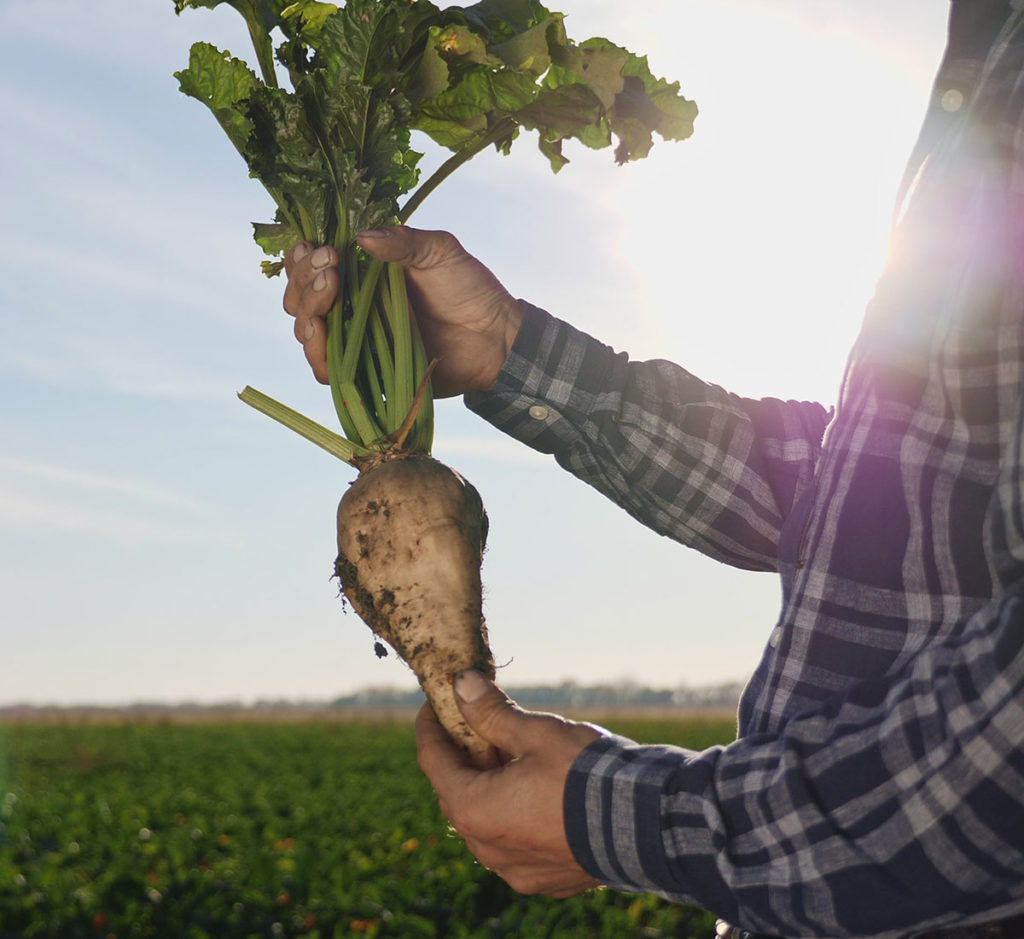
What are dry pellets?
Sugarbeet chips are created as a by-product from the processing of sugarbeet and are a common feed. They are produced by shredding and drying, and sometimes also pressing, sugarbeet pulp and are available both loose and pressed as dry pellets. Before the water content of the beet chips is reduced, the mass contains around eight to ten percent dry matter and is called wet pulp. The pressing and evaporation processes increase the dry mass content to 90 percent and allow the chips to be processed into dry pellets. Dry pellets are not only a commonly used individual or supplementary feed due to their quality, they are also easily ground and mixed with other feeds. Dry pellets are primarily used as high-energy, compact feed for horses, beef cattle, pigs, sheep and as feed for dairy cows.
About dry beet pulp chips available from ATCO
August Töpfer & Co. has established itself as a comprehensive provider with a strong network within the food and non-food sector since 1912. We have likewise been successful as a feed distributor for many decades, trading in certified high-quality feed from the international import and export market. Our product range includes dry pellets as an essential mixed feed component and as a source of energy and fibre for ruminants. Our products are tested and certified, ensuring supplements rich in energy for the nutrition of animals in agricultural, business or domestic contexts.
Dry pellets: ingredients
Dried sugar chips are a feed rich in crude fibre and low in protein. The feed is characterised by a high calcium content, excellent edibility and optimal swelling properties. Moreover, our dry pellets are low in protein and phosphorus. Animals love to eat them due to their pleasant flavour. Especially for ruminants, dry pellets are an easily digestible feed that is broken down slowly, guaranteeing a supply of energy and fat for a long while. Depending on the application and how the animals are kept, pellets can vary in size, colour and the concentration of ingredients. On average, around 25 percent of the dry mass of the pellets is made up of the cell wall proteins pectin and hemicellulose. There are also low amounts of crude protein and crude ash. Conversely, the amount of the essential proteinogenic amino acid lysin is relatively high, providing significantly increased nutritional value.
Difference between molassed and non-molassed dry pellets
Normally, dried beet pulp chips are sold in the form of pellets. This shape improves their shelf life and storability. In their normal state, non-molassed dry pellets have a sugar content of around five percent. By adding sugary molasses– a type of sugar syrup that is created as by-product in the production of sugar from sugarcane and sugarbeet – it is possible to produce molassed dry pellets or molasses chips. The sugar content of molassed dry pellets amounts to roughly 20 percent. They are not suitable as dietary feed due to the high sugar content.
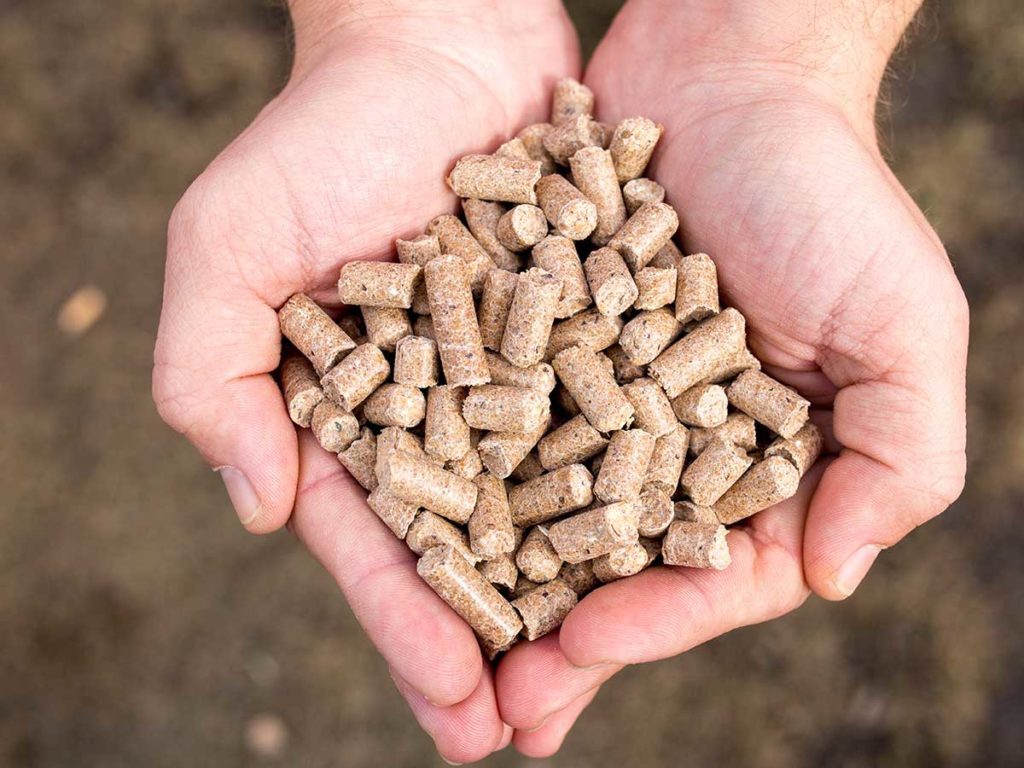
Dry pellets: energy content
Since dry pellets contain a high amount of carbohydrates which are microbially fermentable for ruminants, they represent an ideal, long-lasting source of energy for polygastric animals. Their fibre content is easily digestible and their cellulose, hemicellulose and pectins can be continuously metabolised and converted into acetic acid in the large intestine. Acetic acid is easily digestible for the rumen and is essential for fat synthesis. Molassed dry pellets provide even more energy due to their high content of easily digestible sugar. As feed for monogastric animals, dry pellets are particularly suitable for pigs and pregnant sows in particular. Their swelling properties soothe the digestive tract and prevent fatty degeneration.
Dry pellets: production
Dry pellets are made from sugarbeet cut into chips, which are stirred into a mash at 70 °C. Next, the water and sugar content is extracted from this mash until the precursor to dry pellets is produced – known as wet pulp – with a dry mass of eight to ten percent. Pressing out the water content results in pressed chips with a dry mass content of 28 percent. Further rounds of careful drying in drum or evaporator stations result in the typical dry pellets with a dry mass content of up to 90 percent. Since the vast majority of the water is extracted, storage of the pellets is possible for a particularly long time. If the products are also molassed – i.e. mixed with molasses – a distinction is made between non-molassed, lightly molassed and highly molassed dry pellets with a sugar content between 8-10, 10-14 and 16-22 percent respectively.
Dry beet pulp chips: use
Depending on the animal species, dry pellets should be soaked before feeding, allowing them to swell first. They are primarily suitable as a supplement to feed rations and should not be used as a complete feed. On average, molassed dry pellet rations should account for 25 percent of daily nutrition for cows and pigs, 20 percent for sheep and 10 percent for horses. Soaking the pellets first is important – especially when feeding horses. The pellets should soak for at least eight hours on average to prevent them from swelling in the oesophagus. However, they should not soak for longer than 24 hours, otherwise they will begin to ferment and this may lead to colic or constipation.
Molassed dry beet pulp chips as a supplementary feed
Dry pellets are ideal for ensuring adequate nutrition for livestock and providing the animals with long-lasting and easily digestible energy.

Dry pellets for horses
When feeding sugar pellets to horses, it’s important to pay close attention to the soaking time of the pellets. They should be soaked for three to eight hours before feeding, until there are no longer any hard pieces. When the pellets are soaked correctly, horses will enjoy eating them due to their flavour. They provide horses with an easily digestible supply of energy, similar to hay and cereals.
Dry pellets for feeding beef cattle and dairy cows
Molassed sugar chips are an excellent supplement for fattening bulls and feeding dairy cows. They are easily digestible, rich in crude fibre and energy and help to boost milk yield. Although they are low in protein, the protein is of a high quality for pasturage and grass sileage. Since they contain cellulose, hemicellulose and pectin, the pellets protect the rumen while also supporting the formation of milk fat. For high-yield cows, they serve as a useful supplementary feed for preventing fatty degeneration from the middle of lactation.
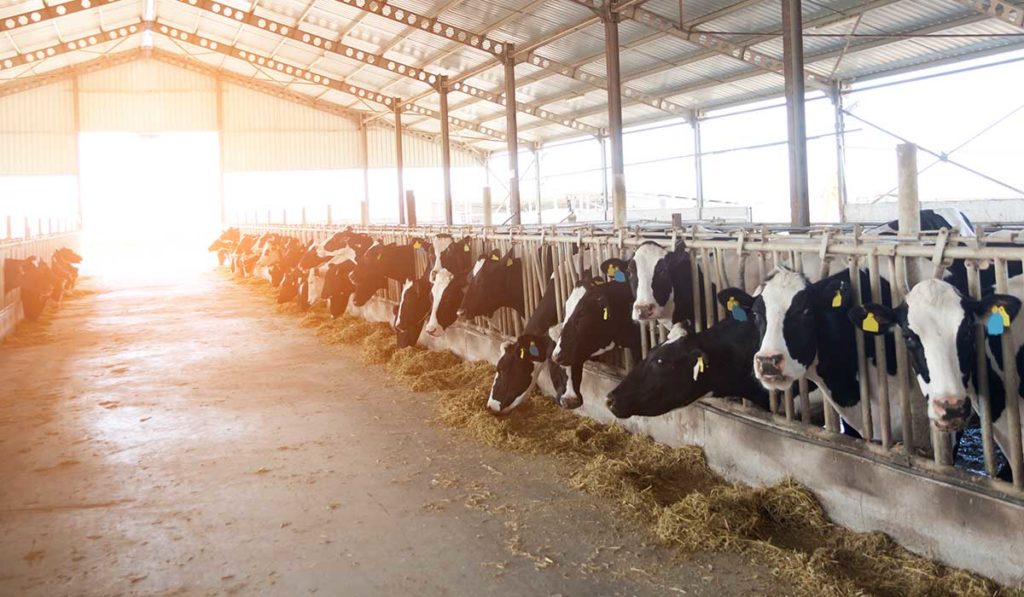
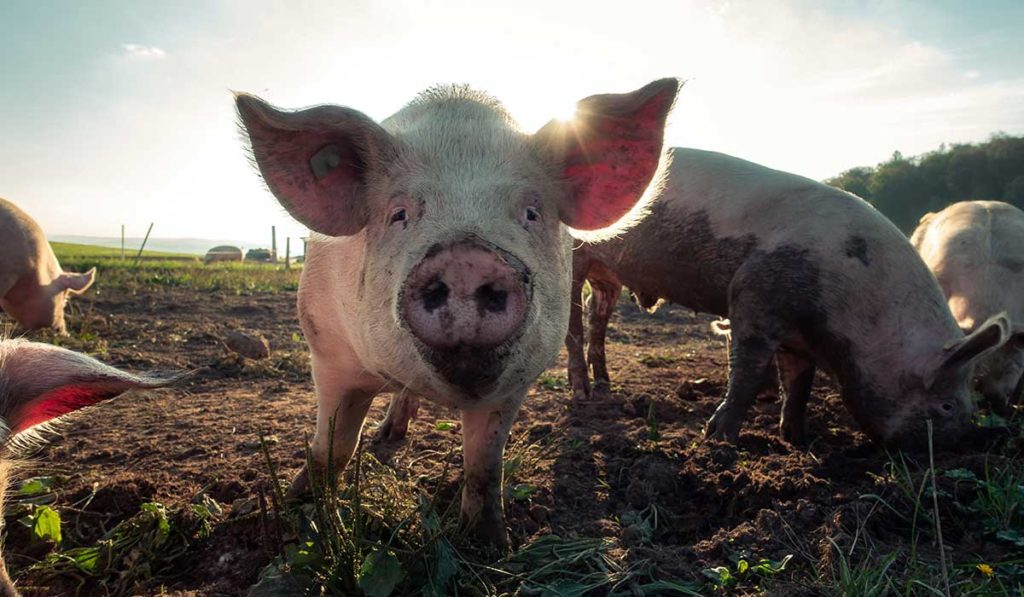
Dry pellets for pigs
When feeding pigs, molassed dry beet pulp chips are a filling, easily digestible feed that soothes digestion due to the swelling properties of the chips. The dry pellets promote the health of the digestive tract and improve meat quality thanks to the low amount of cholesterol.
Dry pellets for sheep
Sugar chips are an ideal supplement since they are high in crude fibre and long-lasting energy. Depending on the molasses content, they can be fed in various rations to pregnant and lactating animals in order to improve feed rations and the provision of nutrition.
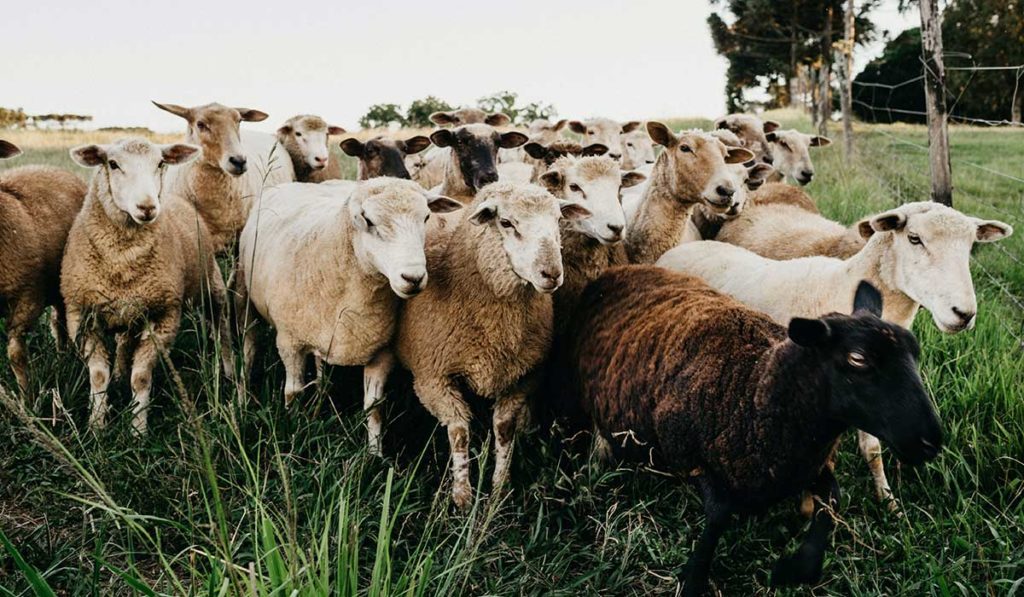
Our dry pellets are certified:



Your contact persons
Joachim Karstens
Manfred Winter
Email: manfred.winter@atco.de
Telephone: +49 40 32003 431
Contact
Joachim Karstens
Manfred Winter
Email: manfred.winter@atco.de
Telephone: +49 40 32003 431
